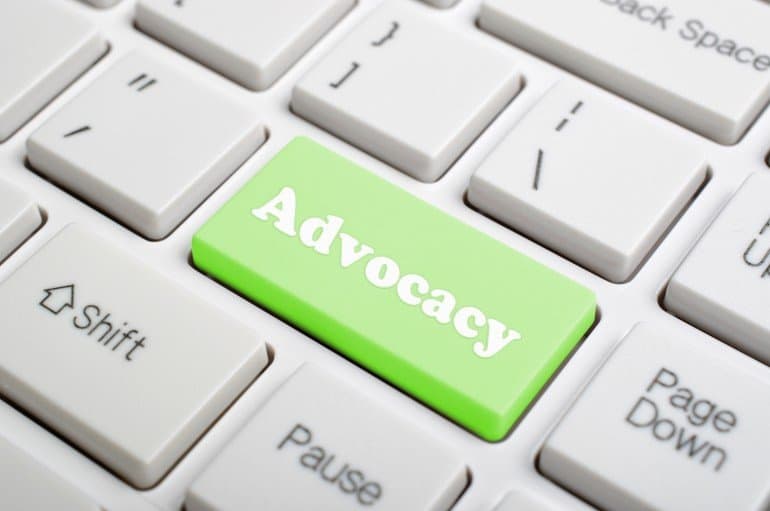When people think of advocacy, they tend to think of efforts inside the Beltway. But if you want to get things done, you shouldn’t forget to include some action on the state level, say some experts.
If you want proof, the 113th Congress passed 352 bills and resolutions, while the state legislatures passed more than 45,000 bills and resolutions in that same period.
Why is state advocacy so effective? For one thing, “because all politics is local,” says Jeff Shaw, director of public policy at the Connecticut Association of Nonprofits.
“There is an incredible amount of power that comes from talking with local politicians,” he says.
Shaw and other experts share some of the reasons why you can and should get action going in the states:
1. Local lawmakers tend to be more accessible.
This can come in handy for advocacy professionals who strive to build relationships with these lawmakers over time.
State and local lawmakers usually don’t have the same time constraints and pressures on them as those in Washington, so it’s easier to get them on the phone or meet with them in person. “Being present goes a long way over time” in developing relationships with staffers and lawmakers at the local level, Shaw says.
2. There is a lot to be learned from people at the state level.
“People really chew on issues deeply from a variety of angles” at the state level, says Susie Brown, public policy director at the Minnesota Council of Nonprofits. Because of this, the states are like “little think tanks,” she says.
Many times, if the federal government is looking at an issue, you can be sure that a number of states have already tried to tackle that same issue.
3. Ideas catch fire in the states.
What gets legislative attention in one state can quickly spread to other states. Many times federal laws began as a multitude of state laws.
For this reason, it’s always good to keep your eye on what’s trending in the states, Shaw says.
4. You can get ahead of the curve by working in the states.
Federal work is reactive, while work at the state level is often proactive, says David Thompson, vice president of public policy at the National Council of Nonprofits.
You don’t have to do advocacy in all the states to reap a positive effect, but you do have to be aware of what’s happening in some of them. “Broaden beyond yourself,” he says.
5. States are less hindered.
It goes without saying that the federal government has more pressures and mandates than states do, so it’s no surprise that Congress has trouble getting things done, Brown says.
For this reason, “states are really where the action is,” she says.
If you work on the state level and would like to get involved at the federal level, take the lead from the people who are doing that kind of work, Brown says.
And, likewise, people at federal level should make state advocates their trusted partners. “Try to understand who the key players are and really learn from them,” she says.
When it comes down to it, state and federal advocacy professionals employ all the same strategies to get their jobs done. Yet, they can learn a lot from each other about how to succeed.
Connectivity
by Diana Manos // Aug 24, 2015
https://info.cq.com/resources/5-reasons-why-state-advocacy-rocks/

